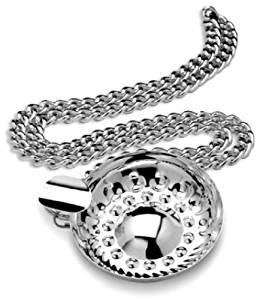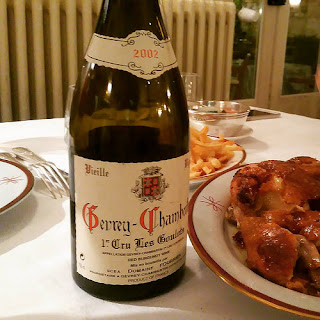from
Behind the French Menu
by
Bryan G. Newman
behindthefrenchmenu@gmail.com
Limpets on a rock.
www.flickr.com/photos/8647344@N04/5726693617/
Bernique, Brennig, Patelle or Patelle de l'Atlantique – The Common European limpet. Limpets may not be on too many UK or North American menus, but they will be on many French seafood restaurant menus. Especially seafood restaurants along France’s Atlantic coast.
The limpet comes from the same family as the coque, cockles; bulots, whelks; and bigorneau, winkles or periwinkles. Whelks and winkles were a traditional British seaside dish, but have been low in the popularity stakes for a long time. In their place have come their higher priced more distant cousins, including mussels and oysters. Despite that, whelks, winkles, and limpets are still very popular with the French seafood cognoscenti and are also popular in Japanese cuisine.
Adriatic Limpets
On your menu in Italy?
www.flickr.com/photos/rubber_slippers_in_italy/240330903/
A limpet’s shell is a light grey to white color, and the flesh inside is usually a light orange. The limpets on your seafood platter are not farmed; they will have been collected daily from the rocks along the shore. Those who collect limpets for the seafood markets are professionals. If a limpet's shell or the rock close to it is tapped, the limpet will clutch the rock with its foot and teeth and practically cannot be removed. The professionals, who use special tools, can feel this and go on to the next limpet who will be removed in a single movement. N.B. When taking limpets off the rocks give no advance warning!
Limpet teeth are the strongest natural material known to man. Limpet teeth have displaced spider silk as the strongest natural material in the world, according to new research from the University of Portsmouth:
www.independent.co.uk/news/science/limpet-teeth-just-how-strong-is-it-10054520.html).
Limpets on French menus:
Bernique en Escabèche – A limpet escabeche. An escabèche is a marinated fish and shellfish dish of South American, probably Peruvian origin and served cold. Here the limpets will have been marinated in wine vinegar with herbs and spices used for added flavor. Raw limpets are slightly chewy, but the marinating will have reduced that.
Limpets and spinach
Fricassée de Berniques – A limpet stew. The original fricassées were only made with chicken; however, that was originally. Cooked limpets can be very chewy unless they have been very well cooked and so this is the time to ask the waiter how they are prepared.
Patelles au Beurre Aillé – Limpets served with a garlic butter sauce. Limpets may be fried or grilled for under one minute and then served. Any longer and they will need to be cooked for over an hour.
Limpets with garlic butter sauce.
Patelles Grillées – Very lightly grilled limpets. They will be flavored with herbs.
Terrine de Berniques – A limpet pate. Here the limpets will be flavored with wine and herbs will have been “nuked” in a blender. This dish is usually served with a sliced baguette or country bread and salted butter on the side.
Canned limpets
The limpet does move around underwater when it looks for its food, algae, but it always returns to the same place. Limpets can live for up to 20 years, and after their death, their shell becomes part of the rock.
Limpets in the languages of France’s neighbors:(Catalan - pegellida), (Dutch - puntkokkel or napslak ), (German - gemeine napfschnecke), (Italian - patella), (Spanish – lapa).
Connected Posts:
Behind the French Menu’s links include hundreds of words, names, and phrases that are seen on French menus. There are over 400 articles that include over 2,500 French dishes with English translations and explanations. Just add the word, words or phrase that you are searching for to the words "Behind the French Menu" and search with Google or Bing.











